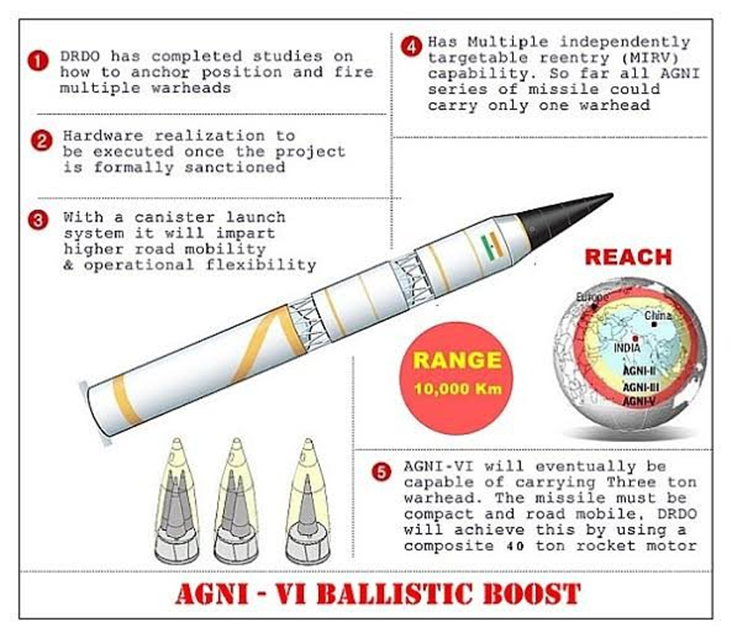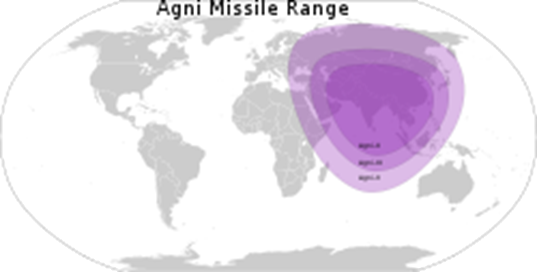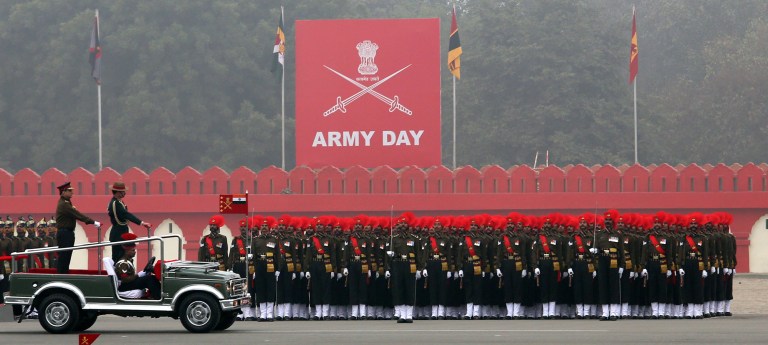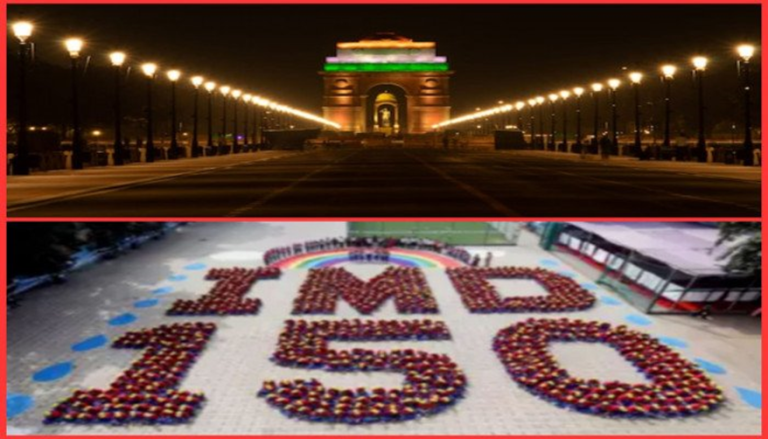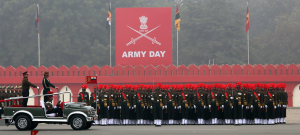India joined a select band of nations, including Russia, China, and the US, to have a Multiple Independently Targetable Re-entry Vehicle (MIRV) technology.
India Eyes 12000 km Range ICBM Agni VI
India joined a select band of nations, including Russia, China, and the US, to have a Multiple Independently Targetable Re-entry Vehicle (MIRV) technology. Sputnik India examines how this successful test could be a game-changer for New Delhi. MIRV technology is crucial because India should not rely on a single missile attack, particularly when it would require multiple missiles strategically placed across different locations. With MIRV capabilities, just one missile from India would be able to target and engage with 4-5, or even up to 10, different targets simultaneously.
The Russian, American, and Chinese MIRVs carry 10 missiles each and that is the kind of capability they have, the defence expert stressed.
A 12,000 km-plus range will increase India’s flexibility, which is very important for effective deterrence and will also enable the country to hit Chinese ballistic missile submarines (SSBNs), aircraft carriers and warships attempting to hide as far out as the Southern Indian Ocean and Central Pacific Ocean. This is assuming that India develops more accurate ICBM guidance systems (on the lines of China’s DF21D anti-ship ballistic missile) against warships, aircraft carriers and submarines. India must wish that the Agni-VI should have the minimum range of 9000 kms (more than China’s JL-2 SLBM), which will make the ICBM programme worthy of its stature.
Agni-VI is supposed to be a solid-fuelled multistage ICBM capable of carrying up to ten nuclear/ thermonuclear warheads in MIRV (Multiple Independent Re-entry Vehicle) and MaRV (Manoeuvrable Multiple Independent Re-entry Vehicle) configurations. The rocket may also have the capability to carry light decoys and chaffs (radar countermeasures) to beat the most formidable anti-ballistic missile systems (ballistic missile defence units) and to confuse hostile air defences.
As India has reportedly developed a deadly arsenal of double-staged thermonuclear fusion devices and single-stage boosted-fission bombs, each MIRV warhead may have explosive yields of up to 250 kilotons, thus capable of wiping out entire metropolitan areas and vaporising tens of millions of people into thin air with a single strike. Having a gross weight of up to 70 tonnes, Agni-VI is supposed to be a four-stage rocket made up of composite materials which will also enable the Indian military to launch military satellites into low earth orbit (LEO) during contingencies, thus also validating its FOBS (Fractional Orbital Bombardment System) capability.



